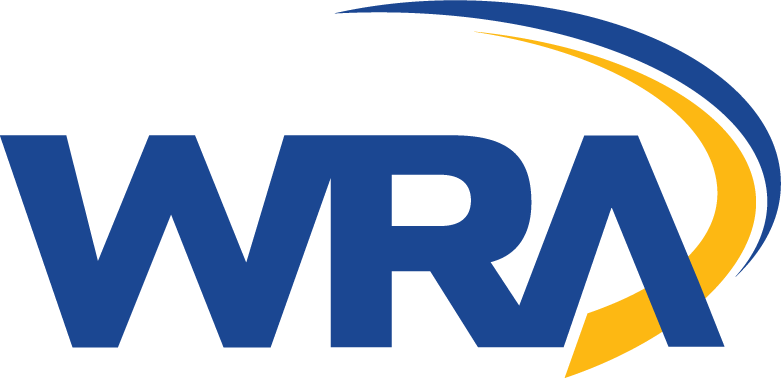To infinity and beyond..
The U.S. space shuttle program quadruples its number of missions between 1981 and 1986.
WRA and the Baltimore Zoo give tourists a reason to explore beyond the harbor..
Throughout the 1980s, WRA handles site planning for the Tiger Exhibit, Children’s Zoo and Chimpanzee Exhibit.
Baltimore makes its pitch to tourists..
With the development of Harborplace, the Maryland Science Center, and the National Aquarium the city's Inner Harbor becomes a top destination.
WRA prepares Baltimore for a new era of waterborne trade..
The firm's improvements to the South Locust Point terminal at the mouth of the Inner Harbor increases capacity—and opportunity.
Finding a port in a storm of growth..
Booming foreign and domestic trade challenges U.S. ports to keep up with increases in traffic, volume, and environmental regulations.
Federal aid in the early 70's helps jump-start commuter rail transportation..
WRA oversees the Washington Metropolitan Area Transit Authority's New Carrollton Route with two aerial stations, surface and aerial tracks.
Renewing America's cities, en masse..
After the population's decades-long exodus to the suburbs, President Johnson sees mass transit as a way to bring people back to cities.
Bringing water to the beach..
WRA develops a water supply plan for the city that minimizes salt water exposure while providing enough to meet OC's growing need.
Marylanders head down the ocean..
Ocean City experiences a massive boom in tourism as hundreds of thousands flock to the beach each year.
WRA helps humankind touch the bottom of the ocean..
WRA develops the first industrial research facility for oceanography. Built for Westinghouse, it serves as a state-of-the-art laboratory and testing ground of generations of Cousteau’s Deepstar submersibles.
